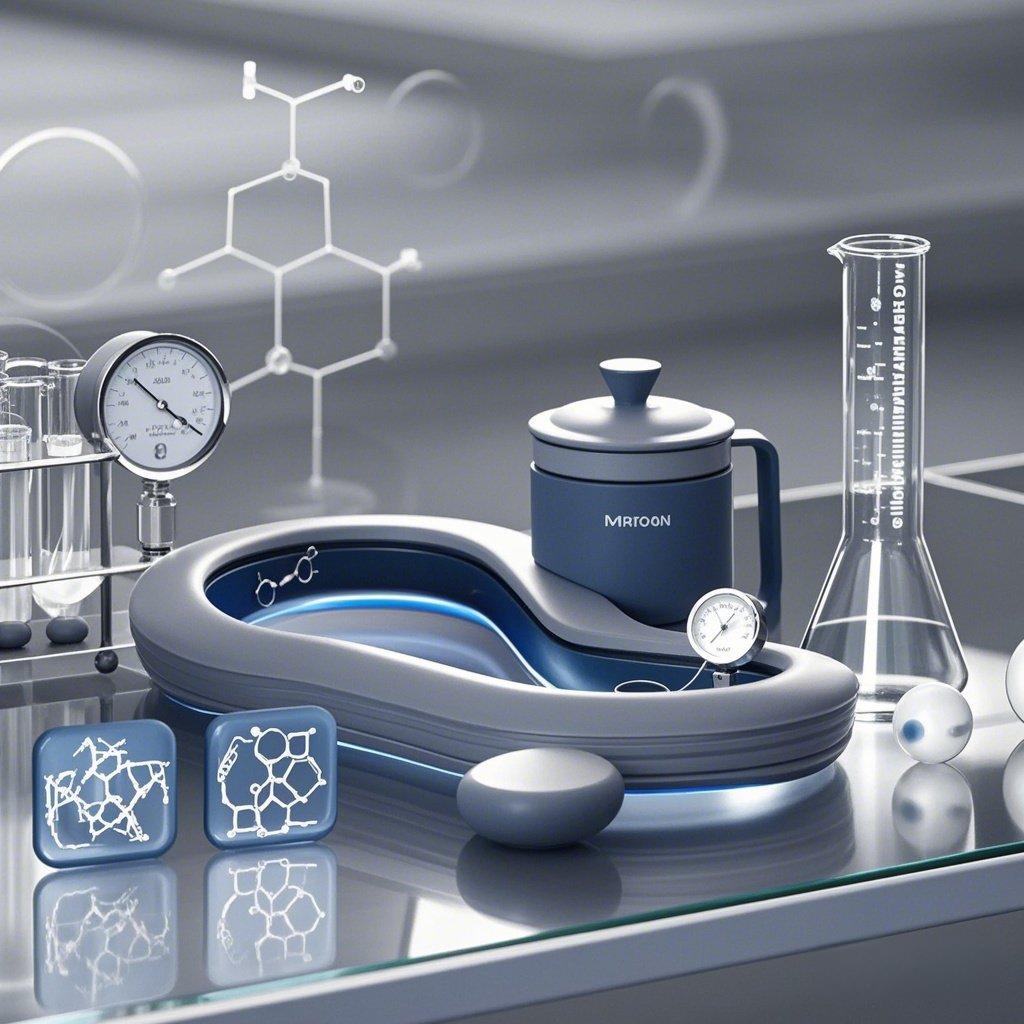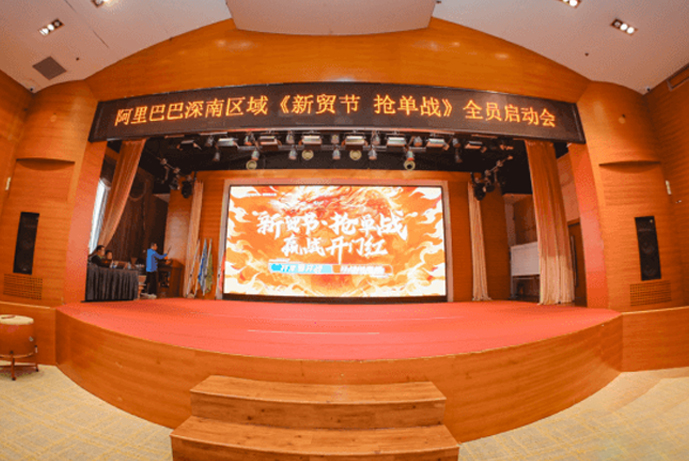Contents
Introduction
Silicone rubber vulcanization is a critical process in the production of silicone products, enhancing their physical and chemical properties. Two primary methods—peroxide vulcanization and platinum catalyzed vulcanization—offer distinct advantages and challenges. This article explores these techniques, comparing their mechanisms, applications, environmental impact, product characteristics, and future trends.


Basic Principles and Reaction Mechanisms
1. Peroxide Vulcanization
Peroxide vulcanization uses heat to decompose peroxides like dicumyl peroxide (DCP) or bis(tert-butyl peroxyisopropyl)benzene (BIPB), generating free radicals that attack silicon-hydrogen bonds or carbon-carbon double bonds in silicone rubber molecules, forming new crosslinks. This method enhances material properties and chemical resistance.
2. Platinum Catalyzed Vulcanization
Platinum catalyzed vulcanization relies on addition reactions, utilizing platinum group metal catalysts such as chloroplatinic acid (H₂PtCl₆) or Karstedt’s catalyst to promote crosslinking between silicon-hydrogen bonds and unsaturated bonds. This method avoids harmful by-products and enables lower-temperature rapid vulcanization suitable for transparent products with smooth surfaces.
Performance Comparison
1. Physical Mechanical Properties
– Tensile Strength: Platinum catalyzed products exhibit higher tensile strength due to uniformly distributed three-dimensional network structures.
– Tear Strength: Both methods show similar tear strength, but platinum catalyzed products perform better under complex stress conditions.
– Hardness: Peroxide vulcanized products have higher hardness, while platinum catalyzed ones offer a broader range of hardness adjustment.
2. Thermal Stability
Platinum catalyzed products maintain stability longer at high temperatures because the formed crosslinks are more stable and less prone to thermal degradation.
3. Chemical Resistance
Both methods provide excellent chemical resistance, but platinum catalyzed products demonstrate superior corrosion resistance in specific environments.
Temperature and Pressure Control during Vulcanization
1. Peroxide Vulcanization
– Temperature: Typically performed between 150°C and 200°C, depending on the chosen peroxide decomposition temperature and desired crosslink density.
– Pressure: Generally does not require high pressure; slight pressure (about 1-3 MPa) might be applied during compression molding to ensure proper shape retention.
2. Platinum Catalyzed Vulcanization
– Temperature: Can be completed at lower temperatures, typically ranging from 80°C to 140°C, reducing energy consumption and protecting sensitive materials.
– Pressure: Similarly does not require high pressure, but slight pressure (0.5-2 MPa) may assist uniform vulcanization, especially for complex-shaped products.
Cost-Benefit Analysis
1. Raw Material Costs
Peroxides are relatively inexpensive compared to platinum catalysts, especially those containing higher amounts of precious metals.
2. Processing Costs
Platinum catalyzed vulcanization operates at lower temperatures and shorter times, reducing overall energy consumption. Additionally, it requires no complex post-processing steps to remove by-products, thus lowering processing costs.
3. Economic Efficiency
For large-scale production, peroxide vulcanization offers cost advantages due to its low price and simple operation. For small batch custom products, platinum catalyzed vulcanization can be more economical in the long run by improving product quality and reducing defect rates.
Environmental Impact and Environmental Requirements
1. Peroxide Vulcanization
– Emissions: May release small amounts of volatile organic compounds (VOCs), necessitating additional exhaust treatment equipment.
– Waste Management: Residues from peroxide decomposition may require specialized disposal methods to prevent environmental pollution.
– Sustainability: Despite some disadvantages, optimizing formulations and production processes can significantly reduce its environmental footprint. Choosing greener types of peroxides also improves environmental performance.
2. Platinum Catalyzed Vulcanization
– Green Manufacturing: Virtually no harmful gases are produced, making it ideal for companies pursuing green manufacturing. It helps reduce carbon emissions and simplifies production without complex exhaust systems.
– Resource Conservation: Operates efficiently at lower temperatures with less energy use.
– Recycling: Platinum can be recycled, enhancing the sustainability of this vulcanization method.
Application Areas
1. Peroxide Vulcanization
– Industrial Seals: Such as sealing gaskets in automotive and aerospace sectors requiring materials with good thermal and mechanical strength.
– Wire and Cable Sheathing: Needs high wear resistance and anti-aging properties.
– Building Sealing Materials: Window and door frame seals emphasizing weather resistance and long-term stability.
– Medical Device Components: Non-direct contact parts where economic considerations and ease of processing are prioritized.
2. Platinum Catalyzed Vulcanization
– Food-Contact Grade Silicone Products: These include silicone water bottles, lunch boxes, and plates, which focus on transparency, elasticity, and safety.
– Medical Silicone Tubing: Including infusion tubes and catheters, requiring strict biocompatibility and non-toxicity.
– Baby Products: Such as pacifiers and baby bottle nipples, ensuring safety and soft touch.
– Electronic Component Encapsulation: Leveraging excellent electrical insulation and thermal resistance to protect sensitive electronic components.
Product Characteristics
1. Peroxide Vulcanization Products
– Physical Characteristics: Higher hardness, excellent wear resistance, and tear strength, suitable for structural components or applications requiring significant external force.
– Chemical Characteristics: Strong chemical resistance, applicable in environments contacting acidic or alkaline solutions or other corrosive media.
– Surface Quality: Rougher surface with lower gloss, acceptable for products where appearance is less critical.
2. Platinum Catalyzed Vulcanization Products
– Physical Characteristics: Outstanding elasticity, softness, and low compression set, perfect for manufacturing flexible and comfortable products.
– Chemical Characteristics: Superior transparency and purity, minimizing the risk of harmful substance migration, particularly suitable for food-contact and medical uses.
– Surface Quality: Smooth and fine surface, providing excellent visual appeal and tactile experience.
Product Evaluation
1. Peroxide Vulcanization Products
– Advantages:
– Economical, suitable for mass production, and cost-effective products.
– High chemical resistance and mechanical strength, ideal for industrial seals, wire, and cable sheathing.
– Disadvantages:
– Lower surface quality, transparency, and gloss.
– Potential presence of trace harmful substances, limiting application in food-contact and medical fields.
2. Platinum Catalyzed Vulcanization Products
– Advantages:
– Excellent physical-mechanical properties, such as high elasticity, softness, and low compression set.
– High transparency and smooth surface, suitable for premium silicone products like food-contact grade silicone water bottles, lunch boxes, plates, and medical silicone tubing.
– Good biocompatibility, safe and non-toxic, especially suitable for baby products and electronic component encapsulation.
– Disadvantages:
– Higher initial investment costs, particularly for expensive platinum catalysts.
– Higher unit costs for small batch custom products.
Future Development Directions
1. Novel Catalyst Research
Researchers are exploring new efficient catalysts, including non-precious metal catalysts or nano-sized platinum catalysts, aiming to lower costs while enhancing catalytic efficiency.
2. Technology Integration
Combining different vulcanization techniques, such as pre-vulcanization followed by final platinum catalyzed vulcanization, can optimize overall product performance.
Technological Innovation and Patent Protection
The company has accumulated rich experience in silicone vulcanization and holds multiple core patents, including improved platinum catalysts and preparation methods, and special vulcanization process routes. These innovations enhance market competitiveness and contribute to industry advancement.
Conclusion
Both peroxide vulcanization and platinum catalyzed vulcanization have unique advantages and suitable scenarios. Manufacturers should choose the appropriate vulcanization method based on specific application requirements and technical considerations to achieve optimal product quality and economic benefits. Considering environmental requirements and the final product’s intended use ensures compliance with relevant regulations and meets market demands.


